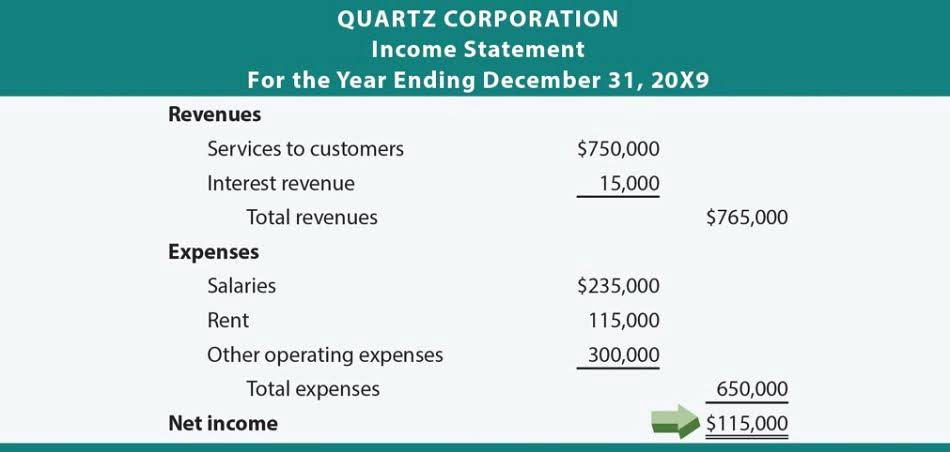
Simultaneously, the credit entry to the bank or cash account shows the outflow of funds for the insurance payment. This deferred recognition is due to the fact that the prepaid insurance is initially carried as a current asset on the insurance company’s balance sheet, reflecting the paid but unused coverage. The value of prepaid insurance is moved from an asset category to an expense category on the company’s balance sheet. Initially, this payment is noted as a debit to prepaid insurance and a credit to cash.
It relieves them of the monthly premium expense, and in doing so, reduces their costs, while at the same time still conferring the benefit of having coverage for the business. Prepaid insurance is nearly always classified as a current asset on the balance sheet, since the term of the related insurance contract that has been prepaid is usually for a period of one year or less. If the prepayment covers a longer period, then classify the portion of the prepaid insurance that will not be charged to expense within one year as a long-term asset. The debt to the prepaid insurance account increases the asset value, signifying that the company has paid for coverage that will be utilized in the future.
Refunds for Benefytt customers who paid for health plans and products
Prepaid expenses are initially recorded as assets because the company has paid for goods or services that it will consume in the future. These prepayments represent economic resources that will provide future benefits to the company. These examples showcase how prepaid insurance works, where upfront payments are made to secure coverage, and when a business pays for insurance, prepaid insurance is accounting entries are adjusted over time to match the consumed coverage with the remaining prepaid value. While prepayment and monthly billing are standard ways to pay an insurance premium, some auto insurance companies offer pay-per-mile policies. Prepaid insurance is recorded in the general ledger as a prepaid asset under current assets.
Initially, when the prepaid insurance payment is made, it is recorded as a current asset on the balance sheet. However, as the coverage period begins and the insurance services are gradually utilized over time, the value of the prepaid insurance is gradually “consumed” or recognized as an expense on the balance sheet. Prepaid insurance is usually considered a current asset, as it becomes converted to cash or used within a fairly short time.
What Are the Advantages of Prepaid Insurance?
These advance payments, if not utilized or expired, are recorded as current assets on an insurance company’s balance sheet. Prepaid insurance operates as a type of prepaid expense, where the payment is made before the service is actually used. For instance, in scenarios such as auto and medical insurance, policyholders often pay their premiums in advance for a specified period, ensuring that coverage is in place before it’s needed. The term prepaid insurance refers to payments that are made by individuals and businesses to their insurers in advance for insurance services or coverage. Premiums are normally paid a full year in advance, but in some cases, they may cover more than 12 months. When they aren’t used up or expired, these payments show up on an insurance company’s balance sheet.
A current asset is a financial resource that can be easily liquidated, or converted to cash, in a year or less. In contrast, a non-current or fixed asset, like real estate, cannot be easily liquidated in a year or less. In practice, payments for prepaid expenses are usually made directly to the expense account. Then, at the end of the year or quarter, an analysis is done to determine if any prepaid expenses exist. Prepaid expenses are then recorded by reducing the expense that was originally recorded.
Why is prepaid insurance considered an asset?
Firstly, this classification enables businesses to alleviate the burden of monthly premium payments, thereby curbing immediate financial outflows and effectively reducing operational costs. Prepaid insurance refers to payments made in advance by individuals and businesses to their insurance providers for upcoming insurance coverage or services. Typically, premiums are paid upfront for a full year, though they might extend beyond 12 months in certain cases. When you purchase prepaid insurance, you essentially pay the premium upfront instead of making monthly or periodic payments.
- President Joe Biden said on Tuesday the federal government should be responsible for paying to reconstruct the damaged Francis Scott Key Bridge.
- However, the premiums may be marginally higher to account for inflation and other operating factors.
- For the past 52 years, Harold Averkamp (CPA, MBA) has worked as an accounting supervisor, manager, consultant, university instructor, and innovator in teaching accounting online.
- Trucks that carry hazardous materials will now have to make 30 miles of detours around Baltimore because they are prohibited from using the city’s tunnels, she said, adding to delays and increasing fuel costs.
- These prepayments represent economic resources that will provide future benefits to the company.
- Prepaid insurance is usually considered a current asset, as it becomes converted to cash or used within a fairly short time.
- Mitchell Epner, a former federal prosecutor who is now a litigator in private practice in New York, told CNN the judgment against Trump is notably large.